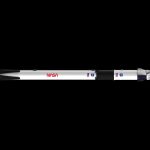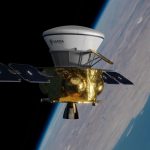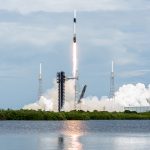
- NASA
- Reusable Rockets
- Space Tech
SpaceX Scrubs Starship Test Flight Over Ground Systems Issues
5 minute read

SpaceX’s Starship launch delays cost $4 million daily while threatening NASA’s 2027 lunar mission timeline
Key Takeaways
- SpaceX scrubs Starship Flight 10 launch just 17 minutes before the scheduled window due to ground systems issues, marking another delay for the $400 billion company’s flagship rocket program.
- Development costs reach $4 million per day for the Starship program, with each delay potentially costing SpaceX $100,000 daily while the company has invested over $3 billion in the project through mid-2023.
- Mixed flight record threatens timeline as Starship achieves only 4 successful flights out of 9 attempts, potentially impacting NASA’s 2027 Artemis lunar landing schedule and SpaceX’s competitive positioning.
Introduction
SpaceX postpones the planned tenth test flight of its Starship rocket after identifying critical ground systems issues just minutes before launch. The company announced the delay on Sunday evening, calling off the mission from its Starbase facility in South Texas with only 17 minutes remaining in the launch window.
This setback affects the world’s most powerful rocket system and highlights the technical challenges facing commercial space ventures. The delay carries significant implications for SpaceX’s development timeline, NASA’s lunar program, and the broader competitive landscape in space transportation.
Key Developments
SpaceX called off Flight 10 at 7:13 PM EDT on Sunday, announcing the decision on social media platform X. The launch window originally opened at 7:30 PM EDT for a one-hour duration, with the fully fueled rocket ready at the launch pad.
The 400-foot tall vehicle consists of a Super Heavy booster and Starship upper stage, both designed for full reusability. Ground systems issues forced the postponement, though SpaceX has not specified the exact nature of the problem or announced a new target date.
Flight 10 objectives mirror those of the previous mission, including a controlled splashdown of the Super Heavy booster in the Gulf of Mexico and the upper stage in the Indian Ocean. The mission also plans to deploy eight dummy Starlink satellites and conduct an engine-relight test in space.
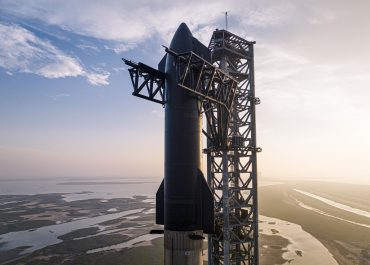
Market Impact
SpaceX maintains its $400 billion valuation despite the setback, supported by Starlink’s projected $15 billion revenue by 2025. The company operates with a $10 billion liquidity cushion, providing financial resilience against development delays.
Daily development costs of $4 million underscore the financial pressure on the program. Each day of delay potentially costs the company $100,000, adding up across multiple postponements throughout the year.
The delay affects SpaceX’s competitive position as rivals accelerate their own heavy-lift rocket programs. Fixed-price government contracts, including NASA’s Artemis lunar lander agreement, face potential timeline pressures from repeated setbacks.
Strategic Insights
The Starship program represents SpaceX’s core strategy of vertical integration and full reusability at unprecedented scale. Success would enable new markets from mass satellite deployment to deep space missions, potentially unlocking trillion-dollar opportunities.
SpaceX’s approach of rapid iteration through testing contrasts with traditional aerospace development cycles. The company accepts failures as part of the learning process, though the mixed flight record of 4 successes out of 9 attempts raises questions about timeline reliability.
Starlink’s cash flow directly funds Starship development, creating a self-reinforcing business model. This internal funding source reduces dependence on government contracts while accelerating development pace compared to competitors.
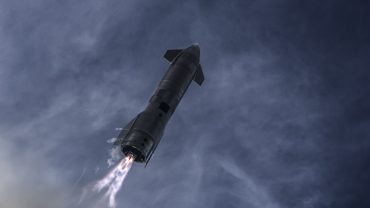
Expert Opinions and Data
“Standing down from today’s tenth flight of Starship to allow time to troubleshoot an issue with ground systems,” SpaceX announced on X, providing minimal detail about the specific problem.
According to SpaceX, the announcement came after extensive preparation and fueling operations were already complete. Industry analysts note that ground systems issues can be particularly complex to diagnose and resolve quickly.
NASA has selected Starship as the lunar lander for the Artemis program, with astronaut missions planned as early as 2027. The agency’s timeline depends on successful Starship operations, making each delay significant for broader space exploration goals.
Space industry observers emphasize that SpaceX’s financial strength allows the company to absorb setbacks better than competitors. The diversified revenue stream from Falcon 9 launches and Starlink operations provides stability during Starship development.
Conclusion
SpaceX faces mounting pressure to demonstrate consistent Starship performance as development costs accumulate and mission timelines face scrutiny. The company’s financial resources and iterative approach provide advantages, but repeated delays risk affecting customer confidence and regulatory relationships.
The ground systems issue represents another technical hurdle in the complex process of developing revolutionary space transportation capabilities. SpaceX’s ability to resolve these challenges quickly will determine whether Starship can meet its ambitious goals for lunar missions and commercial space applications.

